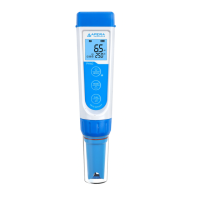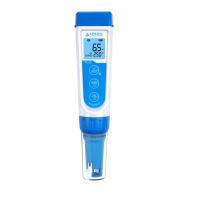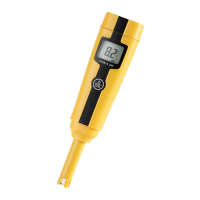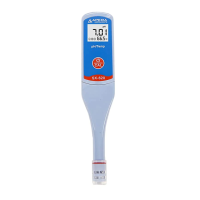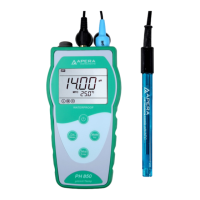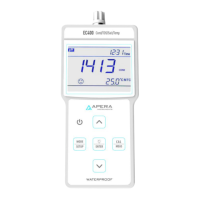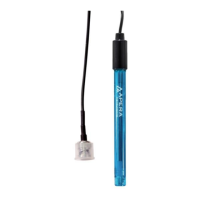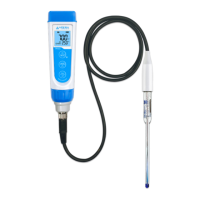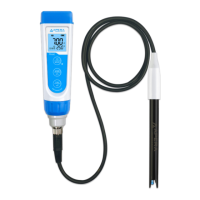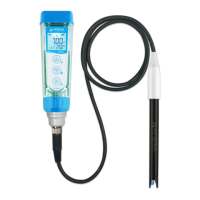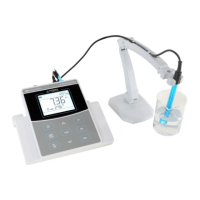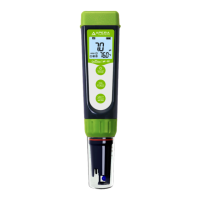c) Data Deletion
Once the data storage is full, users need to delete the data in order to save new data. Select Yes in P5
in parameter setup and press to confirm the deletion (will delete all of the saved data, non-
reversible).
3.7 Setting for first-time use.
The instrument should be fully charged before first-time use. Check and adjust settings for the following
items: date, time, system language, etc. See the detail in Section 6 Parameter setup.
4 CALIBRATION
4.1 Preparation for Calibration
a) Calibration point
The instrument has 5 calibration points: 0 NTU, 20 NTU, 100 NTU, 400 NTU, and 800 NTU. Among
them, 0 NTU point uses AMCO 0.0 NTU calibration solution or laboratory distilled water, and the
remaining 4 calibration points use AMCO polymer solutions. Note that the cap of the 0.0 NTU solution
vial can be unscrewed. After the solution is invalidated, users can replace the 0.0 NTU calibration
solution or laboratory distilled water. The 0.0 NTU calibration solution can be purchased from the
supplier; For the remaining 4 calibration solutions, their vial caps cannot be opened. Simply dispose
the solutions after they are expired and buy new ones from your supplier to replace.
b) Replace zero turbidity solution
Replace 0.0 NTU calibration solution: open the vial cap, pour out the original solution, add
1/2 distilled water, cover the cap and shake the vial to rinse it and pour out the water. Repeat
it 3 times. Shake off the distilled water in the vial. Pour in new 0.0 NTU calibration solution
and close the vial cap.
Replace laboratory distilled water: open the vial cap, pour out the original solution, add 1/2
distilled water, cover the cap and shake the vial to rinse it and pour out the water. Repeat it
3 times. Shake off the distilled water in the vial. Pour in new laboratory distilled water and
close the vial cap.
The accuracy of 0.0 NTU calibration solution and laboratory distilled water is same. But 0.0
NTU calibration solution has 6 to 12 months of shelf-life, distilled water can only be used for
several days.
c) Clean vial surface
Apply a small drop of silicone oil on the surface of the vial and wipe it off with a micro-fiber cloth to
evenly distribute the silicone oil on the surface so as to cover smudges or scratches, which helps
light scattering. But please pay special attention to the following points:
① The silicone oil applied should not be too much. After wiping with micro-fiber cloth, please wipe
with filter paper or high-quality tissue paper to clean off. Excessive residual silicon oil on the vial
surface will affect the measurement accuracy.
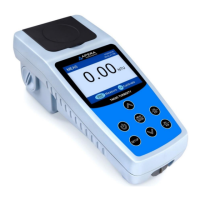
